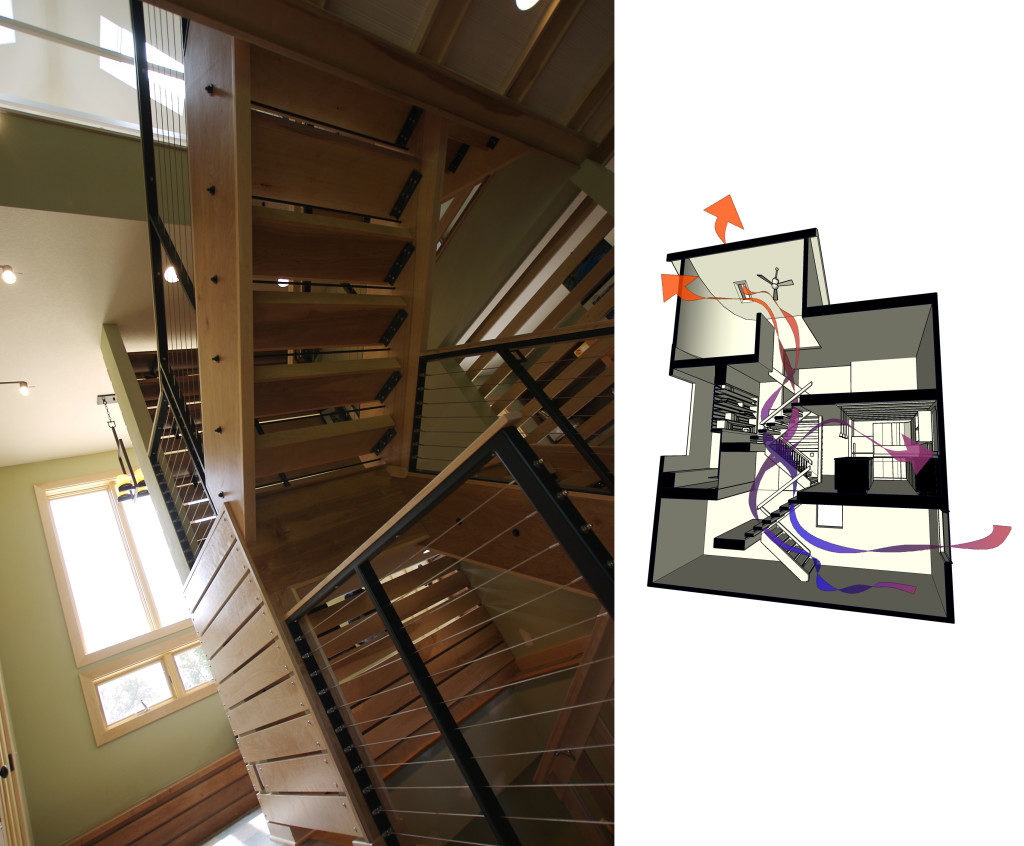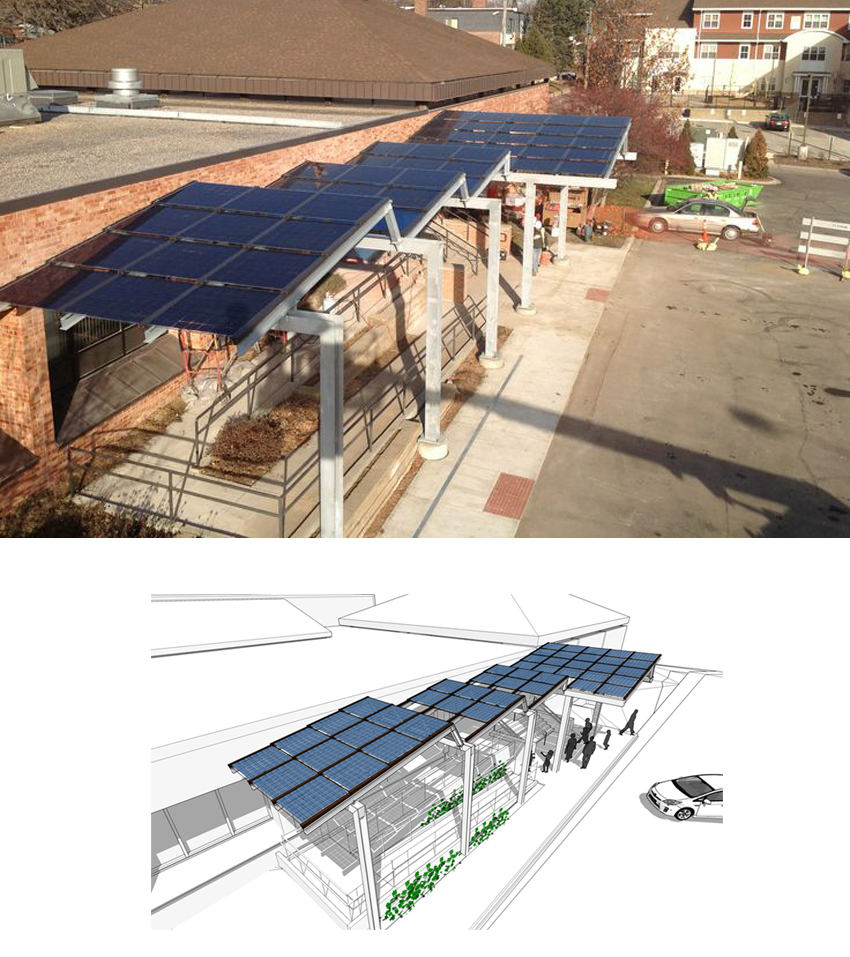Sustainability is a tricky brand point to market these days because it is no longer the differentiator that it was 12 years ago. And, to be honest, we think that is fantastic!
When we started Shelter in 2004, our work on sustainable design filled a gap in the market. We designed the first LEED-H Platinum Certified house in Minnesota (5ive) and one of the first net-zero building in the country (Science House). Championing sustainability was a major part of our approach to the work — we left no stone unturned scouting for products and methods that were recognized as sustainable.
These days, sustainable products are much easier to source. It seems that everything claims to be “green,” “environmentally conscious,” “ecologically sensitive,” “sustainable,” etc. We have many options when it comes to building materials, construction methods, and fixtures, finishes and equipment (FFE) that are significantly healthier that they used to be. In some ways these developments have made our mission easier and in some ways much harder. Keeping up with and confirming the claims of so-called “green” products today can be just as daunting as finding a “green” solution was when we started. We incorporate these things into our designs and our projects are sustainability in many ways.
But we don’t use the term “sustainability” much in our branding anymore because it not a point of distinction. Sustainability is a necessity in this business. Many of our clients hold it as a basic expectation. So we don’t say our projects are “sustainable.” We say they are approachable, livable, and responsible — characteristics that each have an element of sustainability to them. In addition to exemplifying our sustainable outlook, these characteristics de-stigmatize what sustainable design is. It is approachable, livable, and responsible. It can be nearly invisible to the user, like the stairway from our Kelley-Roy project which has modern open treads and functions as a passive heating and cooling system, or it can announce itself proudly, like the Mayflower Church solar canopy which shelters the main entrance and is formed from photo-voltaic panels.


Most importantly, sustainable design must be beautiful. In order to have popular appeal, sustainable projects and products must be made beautiful. We try to design everything beautifully. Shelter projects are approachable, livable, responsible, and of course beautiful environments in which to live and work better.
Related Posts
What is building science?
Thoughts from Shelter team member Mike Stark, AIA What is building science? Building science is an area of study that…
Read moreWaste not, want not: embracing material reuse in design
Thoughts from Shelter team member Jakob Mahla Is adaptive reuse the answer? It’s no secret that the buildings that surround…
Read moreSustainable design can serve your cannabis business
When budding cannabis entrepreneurs think green, they often have more than plants and profits in mind. As business owners prepare…
Read more